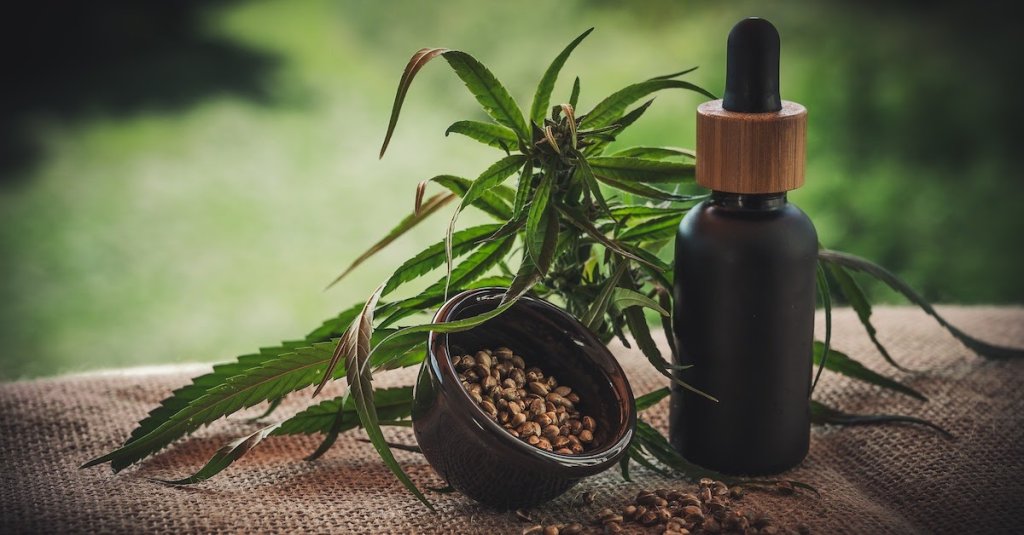As of August 2019, 25% of the 4.7 million veterans had a service-connected disability (and, given: how difficult it is to pursue a disability rating, how few veterans even know about it as an option and how many feel discouraged or guilty about even applying, we can assume that many more live with conditions that would qualify them for a rating). While the federal government often treats pain with prescription medications, many veterans are now turning to CBD for pain relief.
Cannabis (most commonly known as marijuana or hemp) has three major components: cannabinoids, terpenoids and flavonoids. The two major components of marijuana cannabinoids are tetrahydrocannabinol (THC) and cannabidiol (CBD). While THC has a psychoactive effect, doctors and scientists have been able to procure CBD by itself, which is non-psychoactive (in other words, it won’t get you “high”) and has many promising medicinal properties.
As federal and state restrictions on marijuana evolve, more and more people have access to cannabis products. Forbes predicted the CBD market alone to increase to $20 billion by 2024 as people turn to it for its medicinal properties. While there are a lack of human studies due to federal restrictions, animal studies and user testimonials suggest that CBD is a very promising pharmaceutical agent to treat pain, inflammation, seizures and anxiety with very few side effects and low potential for abuse.
How does it work?
According to Harvard Health, as CBD interacts with the endocannabinoid, inflammatory and nociceptive (pain sensing) systems, it exerts pain-relieving effects throughout the body. Users report improvement in physical function, sleep, well-being and improvement in pain or stiffness.

CBD is still an emerging medicine and there are potential side effects such as sleepiness, lightheadedness, and, rarely, liver problems. It’s also difficult to trust whether a product contains the amount of CBD advertised, so it’s always important to test out new products with caution and to speak with a physician before trying new medications.
“CBD should also be part of an overall pain management plan that includes non-medication options (such as exercise) and psychological support,” reminds the Senior Faculty Editor of Harvard Health Publishing, Robert H. Shmerling, MD.
What product is right for me?
CBD comes in many forms including liquid, capsule, edibles and topical. There are many different factors to consider when trying a new product, including flavor, absorption rate, quality and experience. It may also take some trial and error to determine how potent you want your product to be and how you want to imbibe.
You will absorb CBD at a different rate if you ingest it than if you apply it topically to your body. One of the fastest absorption methods is placing a CBD tincture under your tongue but a more effective method to ease chronic pain might be daily use of a CBD massage oil.
The best thing to do is start small. A bath bomb might contain 200mg of CBD — but if you tried to drink that much you might regret the experience. A 5 – 25mg drink is probably a better starting range (and pay attention to serving sizes so you don’t accidentally overdo it).
Finally, if you’re experiencing chronic pain, talk to your doctor about experimenting with CBD. They may not be able to actually advocate for its use, but they can talk to you about risks or conflicts with your current medications.


